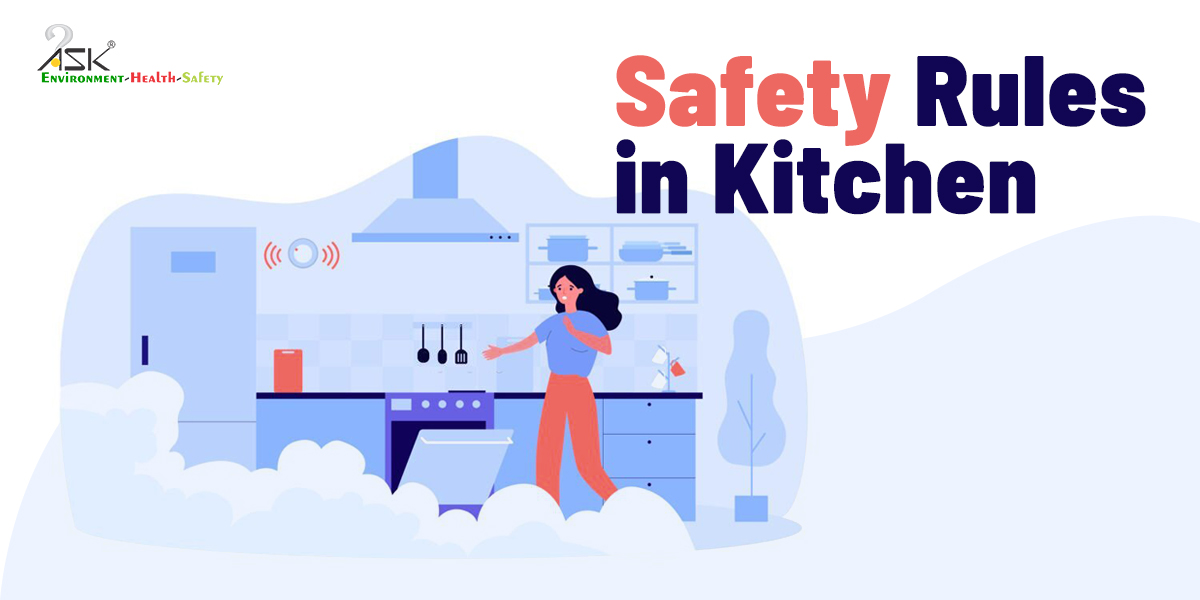5 safety guidelines for industrial safety post COVID-19

Today, safety decision makers who adopt an agile mind set will truly succeed in their endeavours – even in EHS and OHS, change will be constant in the near future as health and staffing needs may fluctuate for longer periods of time.
But creating stability and bringing back the sense of ‘normal’ becomes necessary for business operations. Quick, vigilant and steady voices can make fast decisions and get through these trying times – for industries, OSHA has suggested safe protocols to protect workers from COVID-19 exposure and suggested infection control strategies based on thorough hazard assessments and appropriate combination of engineering and administrative controls.
While manufacturing plants and sites have considered reopening after COVID-19 lockdowns, people returning to work after big breaks can witness major changes in their industrial safety protocols.
We enlist 5 safety guidelines to be followed by industries that are recommended by OSHA and other organizations and safety experts.
1. Emphasize on Social distancing
The term is interpreted and explained as maintaining a distance of 6 feet between themselves and others. Be it marking on the floors or graphics to indicate and show occupants where to stand, ensuring that workers have access to important information and practices are obligatory. In cases where infection or exposure to COVID-19 may occur, prompt identification and isolation of potentially infectious individuals remains a responsibility as well as a necessity.
Automobile brand Range Rover has emerged as an example of effective distancing, health and hygiene monitoring measures in place as it manufactures its first car after its temporary lockdown – their key focus is on extensive review of all production lines, engineering facilities and office areas.
2. Strictly avoid sharing PPEs
One of the OSHA guidelines mentions about the sharing of PPE and equipment – instructs to avoid doing the same. Workers should exercise caution and control at work – personal hygiene should be taken care of, as transmission risk of COVID-19 is high. Besides, good hygiene practices never permit such acts.
It is important to even consider items that people borrow, use and return that they consider as harmless – e.g. A job site where workers sign a sheet upon arrival needs revisiting as many people share and touch the same pen and paper. Alternative ways (digital attendance) must be considered in these times.
3. Increasing handwashing stations
WHO has issued guidance about the installation of the hand washing stations in crowded working spaces, and the entrances of private and public commercial spaces. Previously, as per rules, employers were required to install one hand washing station per 20 employees – if employers sense any potential risk, they can install more. Additionally, they can offer decontamination of PPE.
4. Temperature checks and wellbeing assessments
Checking temperature while entering industry premises is slowly becoming a norm in various industries – additionally, they might also be required to fill out a questionnaire that confirms whether they are symptomatic or asymptomatic.
Rapid adoption of technological solutions has led to COVID-19 health apps being purchased by companies. Even then, accommodating employee needs to leave early in times of any sickness remains prime, as this will enable employees to open up about their suspected illnesses.
5. Limiting workplace visits
Previously, industrial sites hosted tours, visits, and open days to attract potential clients or create interest in college students about their processes, systems, and work.
All such activities, if continued today would mean threatening the safety of the site workers and posing a risk to everyone, including visitors. Instead, live sessions and virtual product demonstrations can replace unnecessary to-and-fro of the visitors, still keeping industries competitive and running.
For visits that are important, masks, sanitizers should be provided on priority and sanitation procedures must be diligently followed.
Support must be made available in these changed times – when industries will undertake decisions keeping worker in account, they can easily bring worker on board with what’s changed now versus before the pandemic.



Economies all over the world are ramping back up. It would be extremely premature to say that the pandemic is over, but even COVID-19 can’t keep the wheels of production still for long. Front line workers should read these safety guides. Thank you very much for sharing! I’m a front line worker and this is very informative for me.